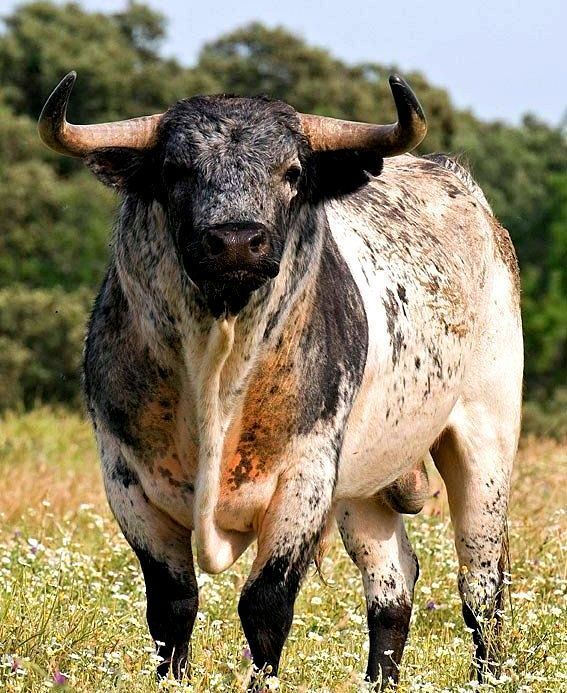
Fish Hydrolysate as Livestock Feed

Ukuzi Feed Supplement
Fish hydrolysate is also utilized as a feed supplement for various livestock species, including pigs, poultry, dairy cattle, and ruminants. The fermentation process involved in producing fish hydrolysate generates several beneficial organic acids, such as lactic, acetic, propionic, and formic acids, which contribute to its nutritional value.
Bacteria, particularly lactic acid bacteria (LAB), play a significant role in the fermentation of fish hydrolysates, leading to the production of these organic acids. The primary organic acids produced during this fermentation process include:
- Lactic Acid: This is the main product of LAB fermentation and is crucial for preserving food and enhancing flavor.
- Acetic Acid: LAB also produce acetic acid, which can contribute to the overall acidity and preservation of the fish hydrolysate.
- Propionic Acid: Some strains, particularly Lactobacillus plantarum, have been shown to produce significant amounts of propionic acid, especially in fermented fish silages. For instance, levels of propionic acid exceeding 6,000 mg per 100 g of sample have been recorded in certain fish silage fermentations.
- Formic Acid: Although less frequently mentioned, formic acid can also be a by-product of fermentation processes involving LAB.
These organic acids not only contribute to the preservation and safety of the fish hydrolysate but can also enhance its nutritional profile and suitability for use in animal feed. The fermentation process typically involves the use of fish discards or by-products, which are rich in nutrients, making them ideal substrates for LAB growth and organic acid production.
Benefits for Livestock
- Improved Nutrient Utilization: Organic acids enhance the digestibility of proteins and other nutrients, improving feed conversion ratios and growth performance in livestock. For example, weaned piglets show increased growth rates and feed efficiency when supplemented with organic acids derived from fish hydrolysate.
- Enhanced Growth Performance: Studies have demonstrated that the inclusion of organic acids in the diets of broilers (chickens) and turkeys leads to better growth performance and improved gut health. These acids help maintain normal gut flora and reduce gastric pH, which is beneficial for protein absorption.
- Immunomodulation: Organic acids can positively influence the immune system of animals, enhancing both specific and non-specific immunity. This is particularly crucial in intensive farming systems where animals may be under stress, thereby improving overall health and productivity.


The key components
1. Amino Acids
Fish hydrolysate is particularly rich in amino acids, which are the building blocks of proteins. These amino acids are essential for growth, development, and overall health in livestock, supporting muscle development and tissue repair.
2. Proteins
The hydrolysis process breaks down fish proteins into smaller peptides, making them more digestible and bioavailable for animals. This enhances the nutritional value of the feed, promoting better growth performance and feed efficiency.
3. Micronutrients
Fish hydrolysate contains various micronutrients, including vitamins and minerals such as magnesium, iron, and potassium. These micronutrients play crucial roles in metabolic processes, immune function, and overall health of livestock.
4. Fatty Acids
Natural oils present in fish hydrolysate, including omega-3 fatty acids, contribute to improved health and vitality in livestock. These fatty acids are known for their anti-inflammatory properties and benefits to heart health.
5. Antioxidants
Fish hydrolysate is also a source of antioxidants, which help combat oxidative stress in animals, thereby supporting their immune systems and promoting better health outcomes.
6. Bioactive Compounds
The presence of bioactive compounds in fish hydrolysate can enhance immune responses and improve gut health, leading to better nutrient absorption and overall livestock performance.
In summary, the combination of amino acids, proteins, micronutrients, fatty acids, antioxidants, and bioactive compounds in fish hydrolysate makes it a highly beneficial ingredient for livestock feed, promoting growth, health, and productivity.
Specific Feeding Guidelines for Livestock
When incorporating fish hydrolysate into livestock diets, specific amounts should be considered based on the species:
- Pigs: Supplement with 1-2% of fish hydrolysate in the diet for improved growth rates and nutrient utilization.( = approximately 10-20 mL per kg of feed )
- Broilers: Include fish hydrolysate at a rate of 1-3% of the total diet to enhance growth performance and gut health. ( = approximately 10-20 mL per kg of feed )
- Dairy Cattle: Use 1liters of liquid fish hydrolysate per day per cow to improve feed efficiency and milk production. ( = approximately 20-30 mL per Kg of feed )
- Ruminants (e.g., Sheep and Goats): Supplement with 1-2% of fish hydrolysate to aid in digestion and nutrient absorption. (= approximately 10-30 mL per kg of feed )

Interested in our services? We’re here to help!
We want to know your needs exactly so that we can provide the perfect solution. Let us know what you want and we’ll do our best to help.
Copyright INEIGHT GROUP 2024

